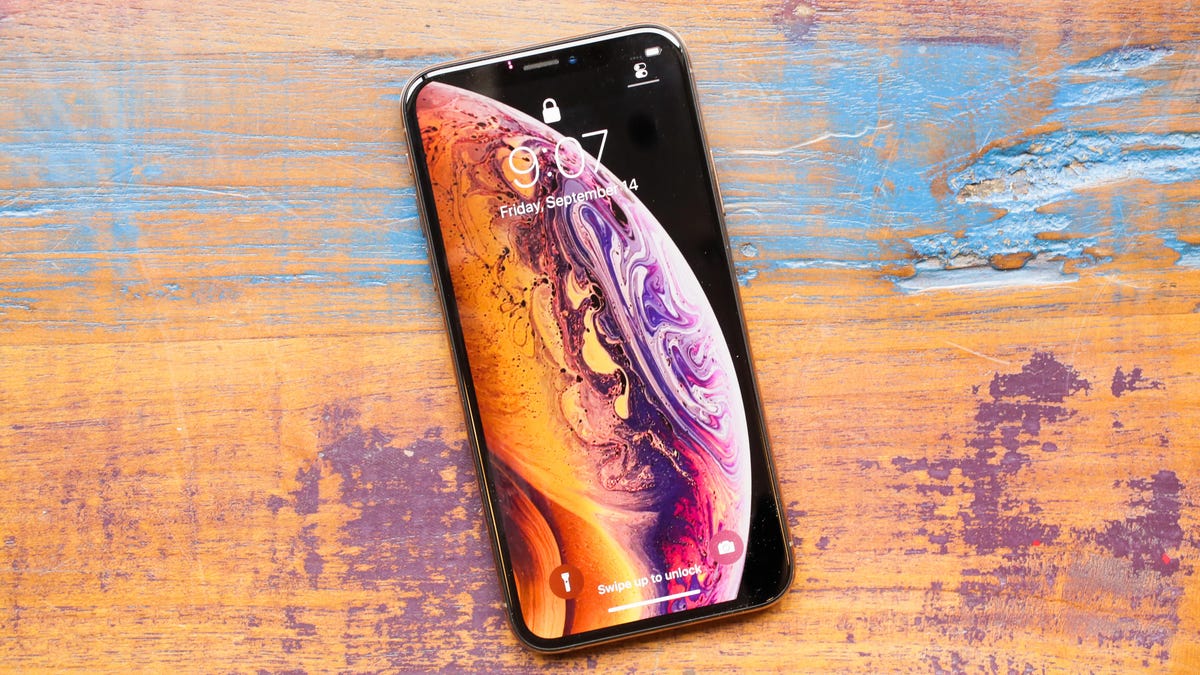Why Apple AirPower's death might be good for you and your iPhone
Commentary: I was crushed when Apple cancelled its smart wireless charging pad. Now it's time to move on.

Apple officially killed AirPower last week citing an inability to "achieve [Apple's] high standards", and I was crestfallen. I had been looking forward to finally trying AirPower, the wireless charging pad for iPhones , AirPods and the Apple Watch that would simultaneously charge multiple devices, up to three in Apple's case. Uniquely, it would communicate with the devices to manage the power distribution among them.
I should have known better. Apple had been stringing us along ever since it announced AirPower in September of 2017. Just recently, compatibility for AirPower even appeared on the new AirPods' box. But after four events in 2018, a laundry list of product announcements in March, and still no AirPower, I should have seen the writing on the wall.
You may think of AirPower as just another wireless charging pad using the Qi standard, and possibly an overpriced one at that. To me, Apple's deeper involvement in wireless charging has always signified much more: an intelligent way to manage power, an innovation to spur further innovation from other players in wireless charging pads: Samsung , Belkin , Anker, Logitech and others.
AirPower, you could have been so good.
AirPower was supposed to be a giant leap forward for wireless charging as a whole. Apple already gave wireless charging a boon when it first added the feature to the iPhone 8 phones and iPhone X . Apple's support behind the Qi standard (pronounced "chee") effectively shuttered the competition and caused the industry to consolidate behind a single protocol. That's a lot of heft for one brand, and Apple's influence might not have stopped there.
Had AirPower spiked consumer interest in wireless charging, perhaps we'd see a surge in the demand needed for wireless charging pads to pop up everywhere in restaurants, cafes and airports. If enough people wanted AirPower or something like it, competitors and institutions may have been quick to respond.
My gut reaction is to mourn the loss of AirPower and everything it represents. But my brain thinks otherwise. Perhaps I put too much credence in the Apple Effect, whereby Apple suddenly popularizes products, services and features even if other brands introduced them first. Perhaps killing off AirPower now is just the release that we, who have long been in the mysterious AirPower's thrall, desperately need.
The Galaxy S10 phones can wirelessly charge another device. Could this be one of Apple's future plans?
After all, we'd never seen AirPower in action beyond the video in Apple's initial presentation. By postponing and then finally squashing it, Apple may have saved iPhone users -- and its own reputation -- from a poorly working product. Imagine your disappointment and anger if you bought AirPower and it never functioned smoothly.
AirPower could have also been costly. Apple never announced pricing, but an optional wireless charging case for the new generation of AirPods costs $80, and that's to power up one device, not communicate with three. AirPower could have easily sold for $150. Meanwhile, plenty of other wireless charging pads sell for $30 or less.
Apple's abdication of AirPower doesn't mean it's done with wireless charging. For all we know, it could have killed its darling to start work on a new wireless charging project for 2019 or 2020; maybe one -- and this is pure speculation -- that would also work with a foldable iPhone.
It's not beyond the realm of possibility that Samsung's Galaxy S10 phones and Huawei's P30 Pro have inspired Apple to give its next iPhone or MacBook Air the ability to wirelessly charge other devices.
AirPower may have withered on the vine, but I'm confident that Apple isn't done with wireless charging yet. That's clear by the tech giant's continued investment in the feature for its iPhone and accessories. Consider this: we know that the first smartphone is slated to get over-the-air wireless charging in the near future. There's no way Apple would miss out on a groundbreaking development like that.
If you're still upset about AirPower's demise, pick yourself up and wipe away those tears. Apple has already let go of AirPower. It's time that we do, too.
iPhone XS, XS Max and XR: 27 tips and tricks to master Apple's latest phones
See all photosPublished March 29 at 5:26 p.m. PT
Updated most recently April 1 at 7:12 a.m. PT

